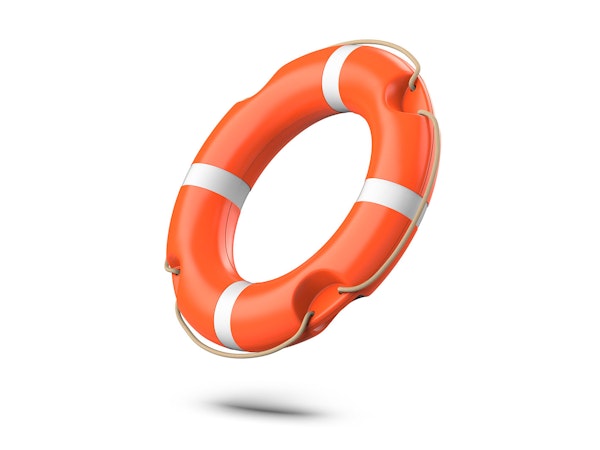Bounce back repayments begin
The bounce back loan scheme (BBLS) has kept many businesses afloat over the past year, but, with the first repayments now starting to become due, many of the 1.5 million businesses that borrowed money could fall into difficulty.

Default position
The BBLS was launched in May 2020, with no interest charged or repayments required for the first twelve months. Bounce back loans are repayable over five years, so 1/60th of the capital is repaid each month, plus the interest accrued for that month, at a fixed annual interest rate of 2.5%. Repayments will therefore reduce over the term of loan as capital is repaid. The first repayment on a £20,000 loan, for example, will be £375.00 (£333.33 capital plus £41.67 interest).
Although loans are guaranteed by the government, banks will be under pressure to recover cash without triggering guarantees. However, since lenders were not permitted to require personal guarantees, even unincorporated businesses are not at risk of having their home or car seized.
Managing repayment
There are various measures that you can take if repaying a BBL is going to cause difficulty:
- The term of the loan can be extended to ten years so that capital repayments are reduced.
- You can move to interest-only repayments for a period of up to six months (this option can be used three times).
- You can pause repayments altogether for a period of up to six months (this option can only be used once).
- Consider topping up your finances under the recovery loan scheme launched in April, although your existing BBL will be taken into account and you must be able to afford the additional debt.
Your BBL lender will inform you of the first three measures, known as pay as you grow. They will all result in more interest being paid overall.


